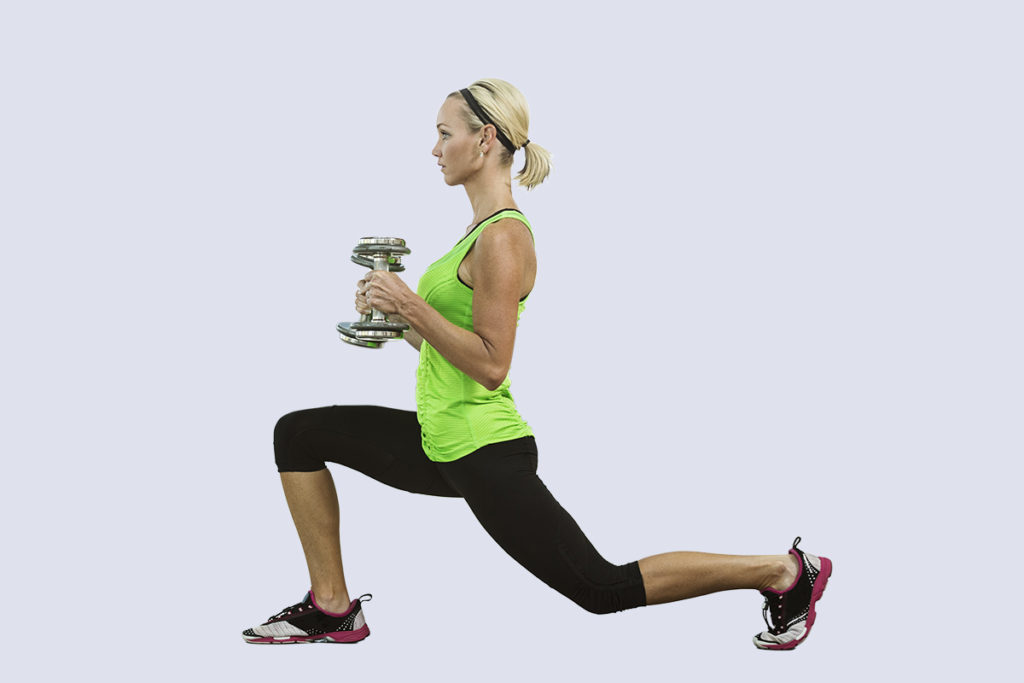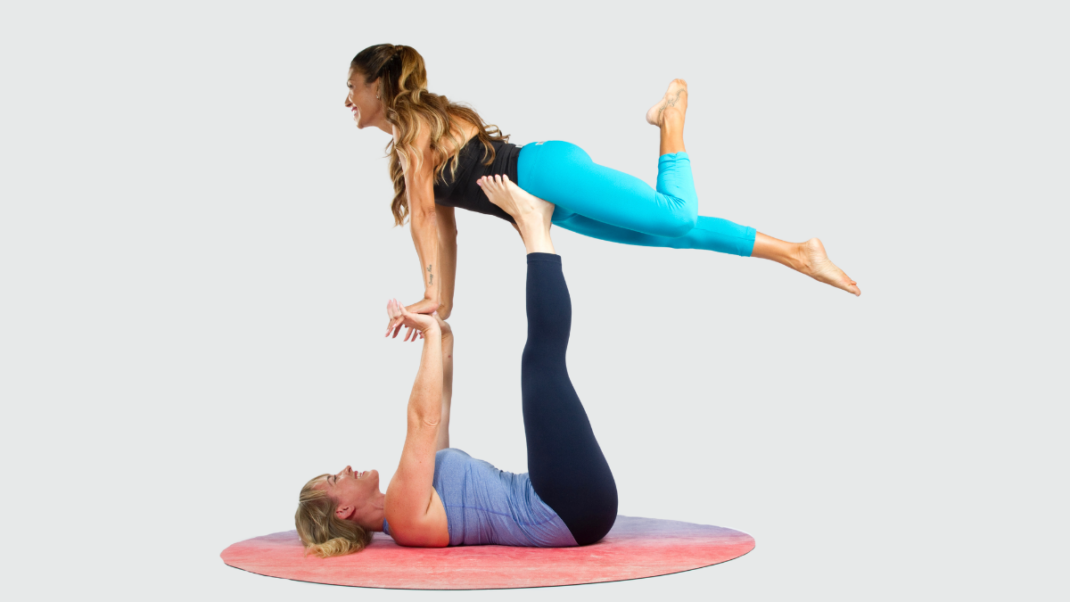Weight Training for Women Over 40

Are you losing muscle mass and gaining body fat? Although these changes aren’t unexpected for women over 40 and can be a normal part of the aging process, they are not inevitable. In fact, the right resistance-training program can positively affect your body composition by reducing fat, maintaining and building muscle, and increasing strength.
What’s Happening? And What Can You Do About It?
One main reason a woman’s body changes with age is because of declining estrogen levels (Collins et al. 2019). Estrogen is vital to women’s health, and it’s a key factor in muscle health for women over 40. The good news, according to research, is that specific methods of resistance training can help preserve muscle mass and strength. Amy Ashmore, PhD, veteran health and fitness educator, muscle performance expert and author of Timing Resistance Training: Programming the Muscle Clock for Optimal Performance (Human Kinetics 2020), explains the basics.
More Volume Is Key
Research has shown that middle-aged women benefit more from higher-volume training programs than from lower-volume, high-intensity programs. Volume refers to the number of sets plus the number of repetitions—during both a single session and over a training period (like a month).
When Burrup et al. (2018) examined the resistance training habits of 109 women over 40, results showed that for each day per week of strength training, body fat decreased by 1.3 percentage points and muscle mass increased by 656 grams. The more days women devoted to resistance training, the lower their body fat and the higher their fat-free mass tended to be—even after accounting for differences in age, energy and protein consumption.
In a similar study (Cunha et al. 2019), researchers compared the effects of two resistance training programs on body fat in 65 untrained women over age 60. Both groups performed 12 weeks of strength training using eight different exercises with 10–15 repetitions per move. The difference between the programs was that the low-volume group performed one set per exercise, while the high-volume group performed three sets. Results showed that the high-volume group saw greater improvements in percent body fat and trunk fat compared with the low-volume group.
Exercise Selection
One challenge is that higher-volume resistance training may put you at greater risk for overtraining and injury. Therefore, exercises used in a high-volume program need to be well-thought-out in advance. Work with a certified personal trainer to select the most effective, safe exercises for you. (Search pro.www.ideafit.com/fitnessconnect to find a trainer near your home.)
Handling High-Volume Training
Two emergent methods work well with high-volume resistance training, especially if you are new to strengthening your body.
Cluster-set training. Cluster-set training uses short rest periods within sets instead of longer rest periods between sets. For example, a traditional program might include three sets of 15 repetitions per exercise, with 30 seconds of rest between sets. In an equivalent cluster-set program with three 15-rep sets, there would be rest after every third or fifth repetition of each set.
Redistributed-rest training. In redistributed-rest training, re-searchers suggested an entirely new way to train—with equal rest after each repetition (Tufano et al. 2017). In the Tufano study, participants did one set of 36 repetitions of a single exercise. When total rest time was redistributed equally between repetitions, muscle force output and mechanics were more constant.
References
Burrup, R., et al. 2018. Strength training and body composition in middle-age women. The Journal of Sports Medicine and Physical Fitness, 58 (1–2), 82–91.
Collins, B.C., et al. 2019. Estrogen regulates the satellite cell compartment in females. Cell Reports, 28 (2), 368–81.
Cunha, P.M., et al. 2019. Comparison of low and high volume of resistance training on body fat and blood biomarkers in untrained older women: A randomized clinical trial. The Journal of Strength Conditioning Research, doi:10.1519/JSC.0000000000003245.
Tufano, J.J., et al. 2017. Effects of cluster sets and rest-redistribution on mechanical responses to back squats in trained men. Journal of Human Kinetics, 58, 35–43.





